You have a desktop computer and its network card is not working. You checked your network connection and you are sure that the connection works. The basic idea is to find out if your computer can communicate with another computer or device on the same network. In this article, I'll guide you through how to install network adapters on your computer.
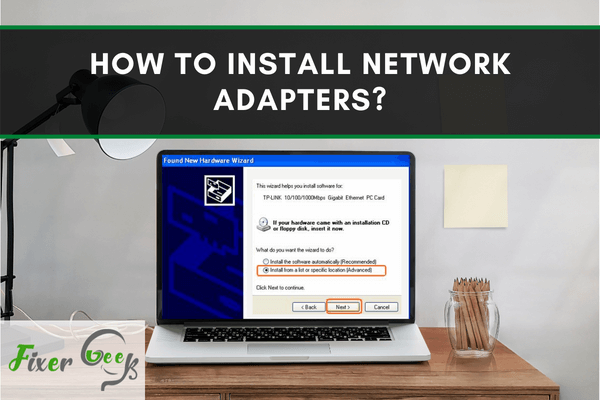
Network adapters are very important to a computer. Most of the newer operating systems seem to automatically download what is needed, including the network adapters. However, you may experience technical issues where reinstalling is a possible solution.
Mostly, installation of network adapters comes along with the installation of motherboard drivers. Nevertheless, if the PC is not reformatted and you need to reinstall the said drivers, certain alternatives must be made. Below are the steps on how to achieve that.
What is a Network Adapter?
The Wi-Fi receiver of your laptop or PC might be operational but the communication may be absent. You can tell that by opening your internet browser or looking at the status of your Wi-Fi icon.
If your router is still working yet you don’t have internet access, there is a high chance that the problem is in the network adapter. A network adapter is some sort of protocol installed so that the network hardware and the rest of the CPU components communicate well. In laymen’s terms, it enables you to utilize the Wi-Fi function so that you can finally have internet access.
After some time, you will encounter issues like failed OS updates or even malwares. This can cause trouble to your network drivers and will result in the absence of any capability to connect to the internet. Aside from anti-virus programs, the best you can do is to reinstall the network adapter.
How to Install Network Adapters?
Follow these steps to install network Adapter to your Windows 10 device:
- You first need to download the Wi-Fi driver. To do this, visit the website of the device manufacturer and look for the appropriate driver that you need to install. Depending on the extent of the issue, you can use either your current problematic computer or another working device.
- Be certain of the exact version and name of the driver that you need to download. To get the correct info, go to ‘Device Manager’ and obtain the information. To do this, click on ‘Start’ and type ‘Device Manager’ on the search bar. Select the exact result and the Device Manager window will pop out.
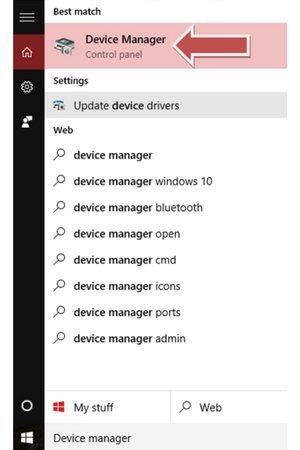
- Inside the Device Manager, look for the section ‘Network Adapters’. There, you will see the network adapters currently in your computer. Search for the one that provides the current issue you are dealing with.
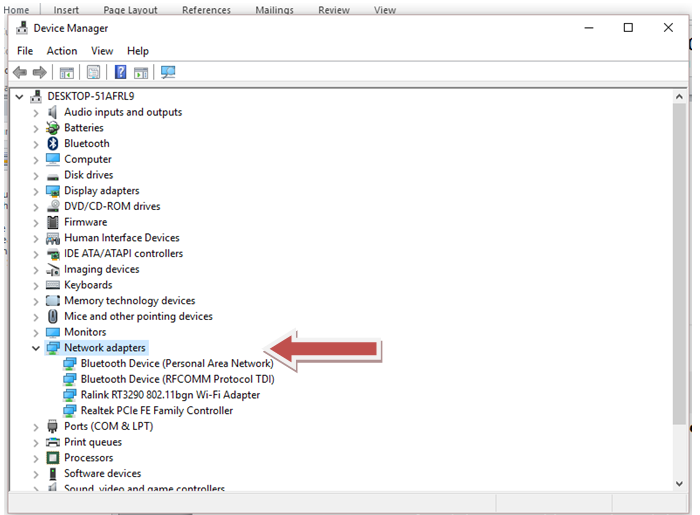
- Once you found the correct driver on the website, download it right away. They are free and there has to be no charge whatever steps are along the way.
- After downloading, launch the new driver’s setup by running the file. Follow the instructions indicated. This process also involves uninstallation of your old driver.
- Once the driver is installed, verify on the Device Manager if it is really installed. You can see the details such as the time and date.
- If you don’t know how to verify the details, right-click on the name of the driver installed. Choose the option ‘Network adapters’ and then select ‘Properties’.
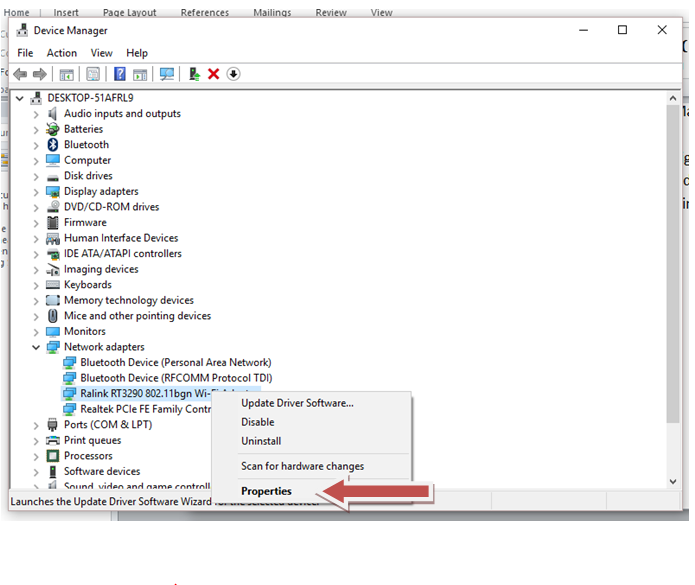
- Click on the ‘Driver’ tab to view the details. Again, inspect at the time or date of the installation and also the status.
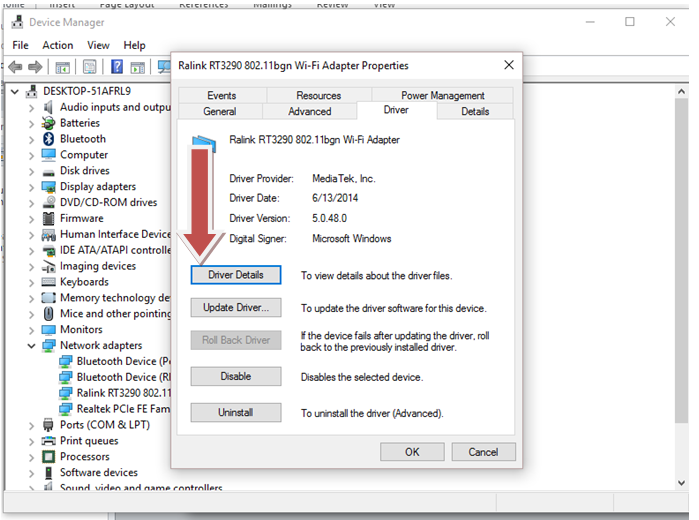
- If confirmed, restart your PC to make it fully functional.
NB: There is still a possibility that you might still encounter problems regarding network connectivity. Whether it will be LAN or WLAN, there is a low chance that the hardware might be the problem and a very high one where the drivers are the culprits.
One of the simplest ways to resolve that is through reinstalling. The issue can be very bothersome to the point that you won’t be having an internet connection at all. It is a must to keep the CD installer included with your motherboard or you can use another computer to download the driver. Save it to an external hard drive and use that as your installer.
Summary: Install Network Adapters
- Check network adapter connections.
- Install a network adapter.
- Verify installation of the network adapter driver.
- Configure the network adapter driver.
- Load the appropriate drivers for your network connections.
- Determine if your drivers are bound to your network connection.
Conclusion
With these simple steps, you can install network adapters to your Windows 10 device. After installing it successfully, you won’t encounter problems with your internet connection.